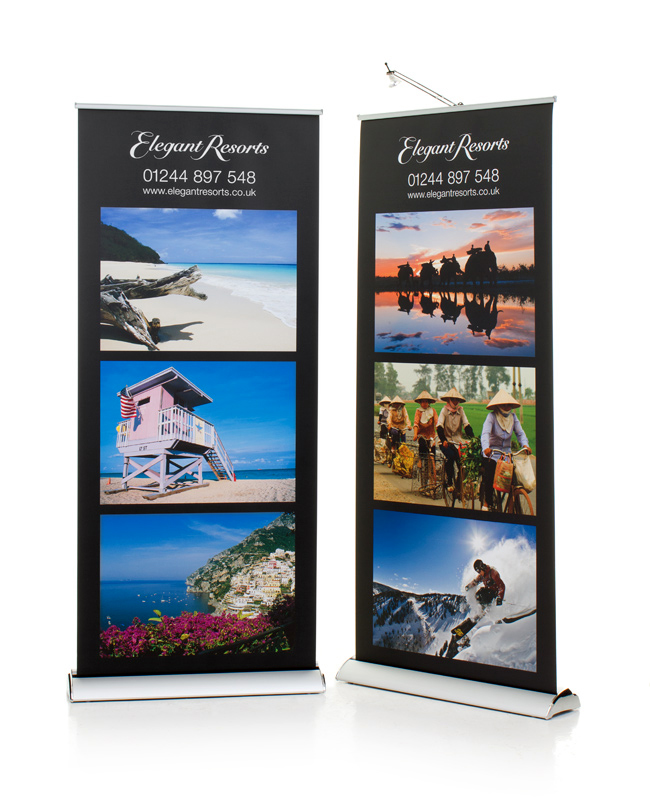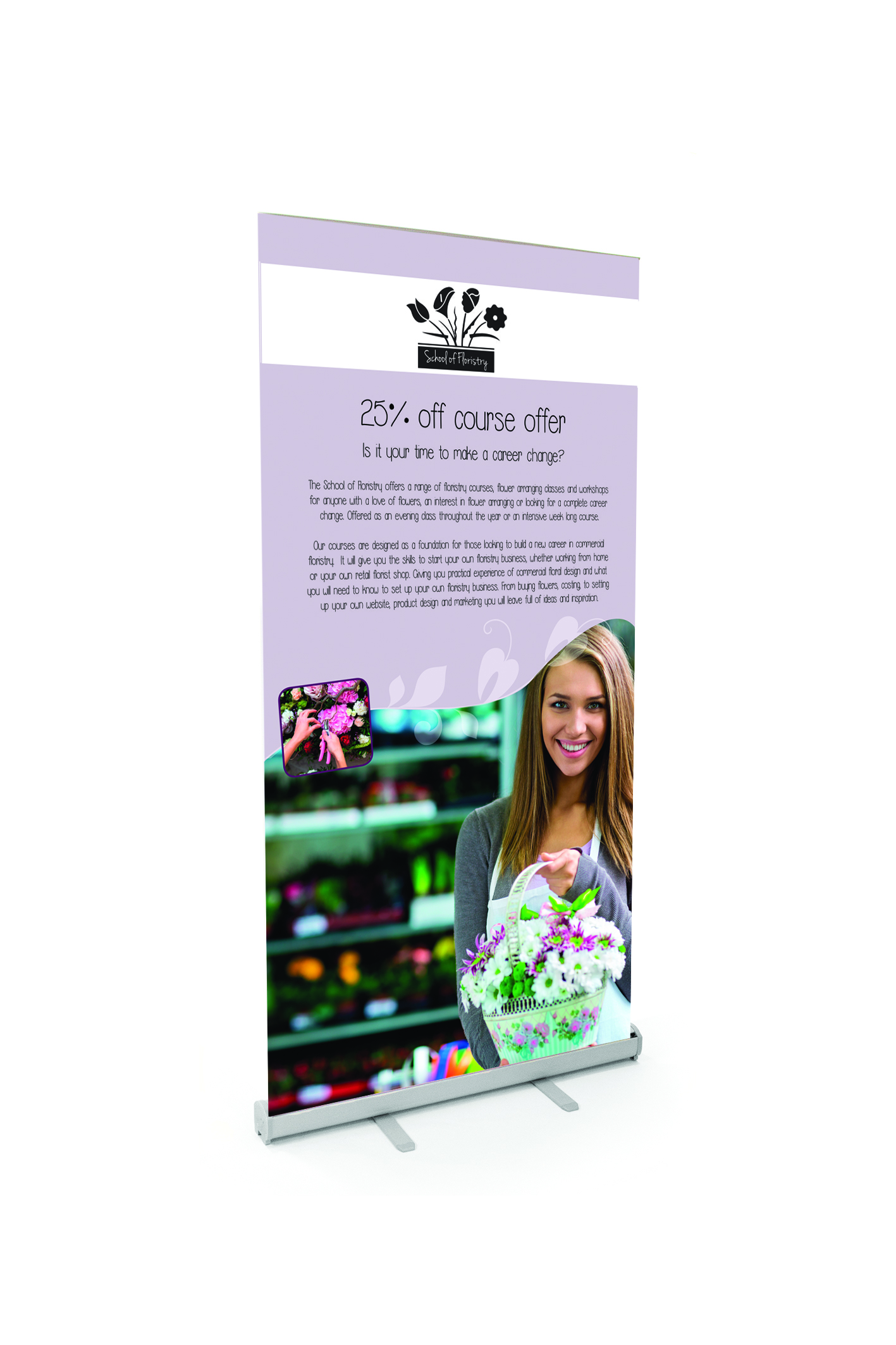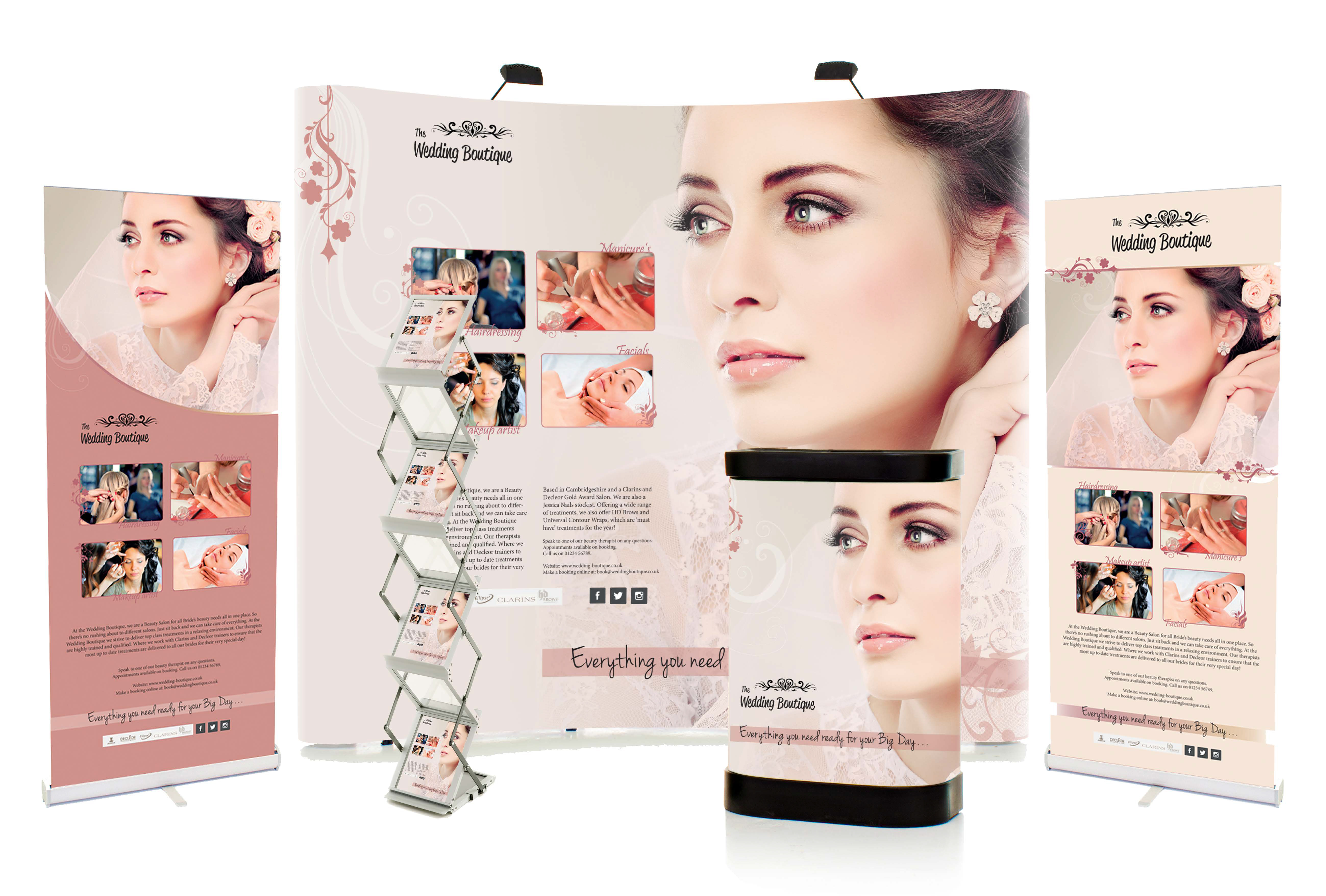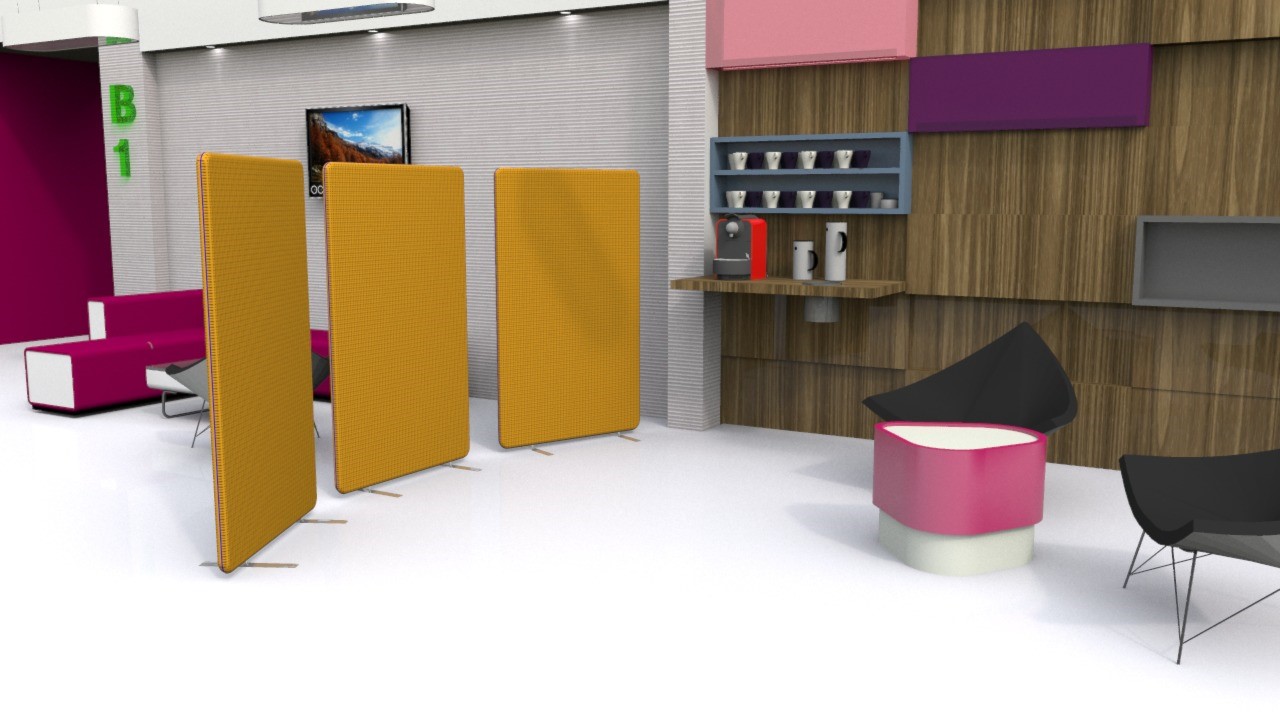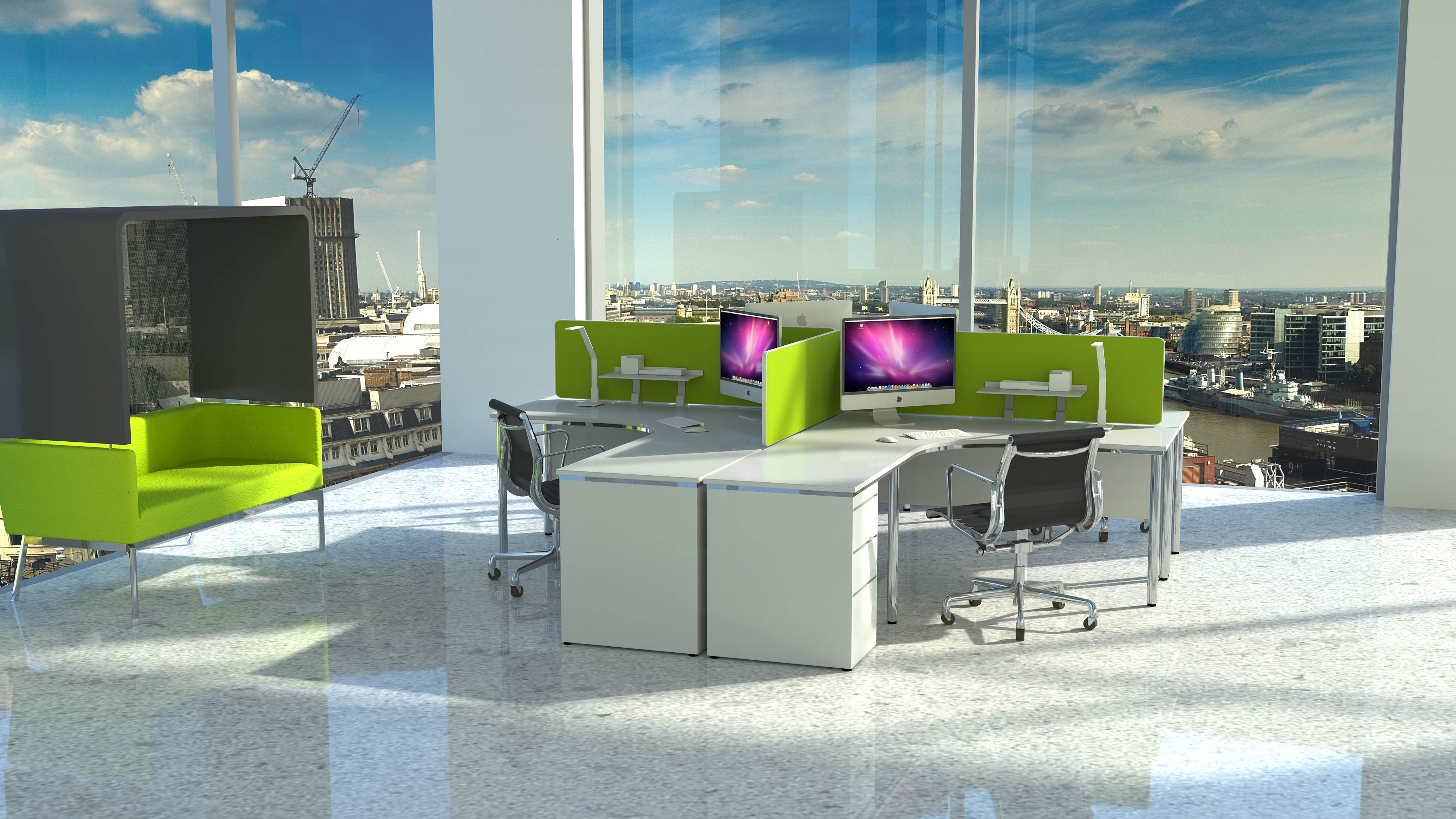Once you’ve booked your stand at a wedding fair, it is not simple enough just to arrive with a pop up table and a few examples of the work you have done in the past. Wedding exhibitions are hyper competitive environments where vendors from a range of industries attempt to coax couples that they are the right person to be working at their wedding. For some of these, they will spend months considering the design of their stand in order to make the right impression on the day. The obvious benefit to this is that hundreds or even thousands of prospective clients will be walking past their shopfront, and this is perhaps the one opportunity they will have to appeal to a wider market.
The design of an exhibition stand is an extension of the brand and the passion that goes into making it. When a couple is walking around the exhibition hall, your exhibition stand should demonstrate what makes you unique and make them think, ‘this is the person I want to work on my wedding’. Sitting behind a table all day is guaranteed to be a flop, so consider creating a display which is inviting, which encourages couples to look around and really get a feel for what it is that you provide. Incorporate high quality banners to illustrate your product, embellish a backdrop to truly wow them when they walk past and most of all, approach each interested couple with a smile.
These are factors which need to be considered well before hand, ensuring that you pick out the best photographs to use and are making the most of the space you have available. Just because this may be your one exhibition of the year does not mean you have to overload your stand, be careful of clutter and only take what is necessary to convey your products and services. There simply is no way to appeal to everyone walking past your stand. Rejection will probably be fairly frequent, so learn to identify it as you go, then you can cut down on wasting time speaking with couples who are simply not interested in what you have to offer.
Above all, endeavour to avoid simply copying someone else. There could well be hundreds of vendors offering something similar to you, so by creating a stand which is similar to theirs is hardly going to distinguish you from the competition. This is why exhibition stand design is so important and why it can take time to get it right. It’s about developing an idea which shows why you are unique; perhaps you have a niche for working on themed weddings or have a certain style which you are passionate about? These are perhaps your greatest strengths as they highlight what you love doing, and being able to show that when engaging with a potential client is what will convince them that you are the right person to work on their wedding.
In terms of what to include with the exhibition stand, it is widely recommended not to take samples just to simply give away. They can help to draw people in to your stand, however there is no guarantee they will be interested or even care of the service you provide. Samples are great to have on show, but use them when in conversation with people and to support what you are saying. Another point to consider is that it is very rare that couples will book there and then. So be sure to have promotional material on hand for interested parties to take away with them, just don’t shove it into the hand of everyone that walks by!
At Rap Industries we manufacture tailored designs for exhibitors including high quality roller banners which are a fantastic way of grabbing the attention of interested couples. These can feature your own custom design and can even be integrated with the rest of your exhibition stand. If this is something that you are interested in exploring, or you would like to learn more about the services we provide for exhibitors, then please give us a call on 01733 394941 or send an e-mail to sales@rapind.com. Finally, good luck and enjoy the exhibition!

